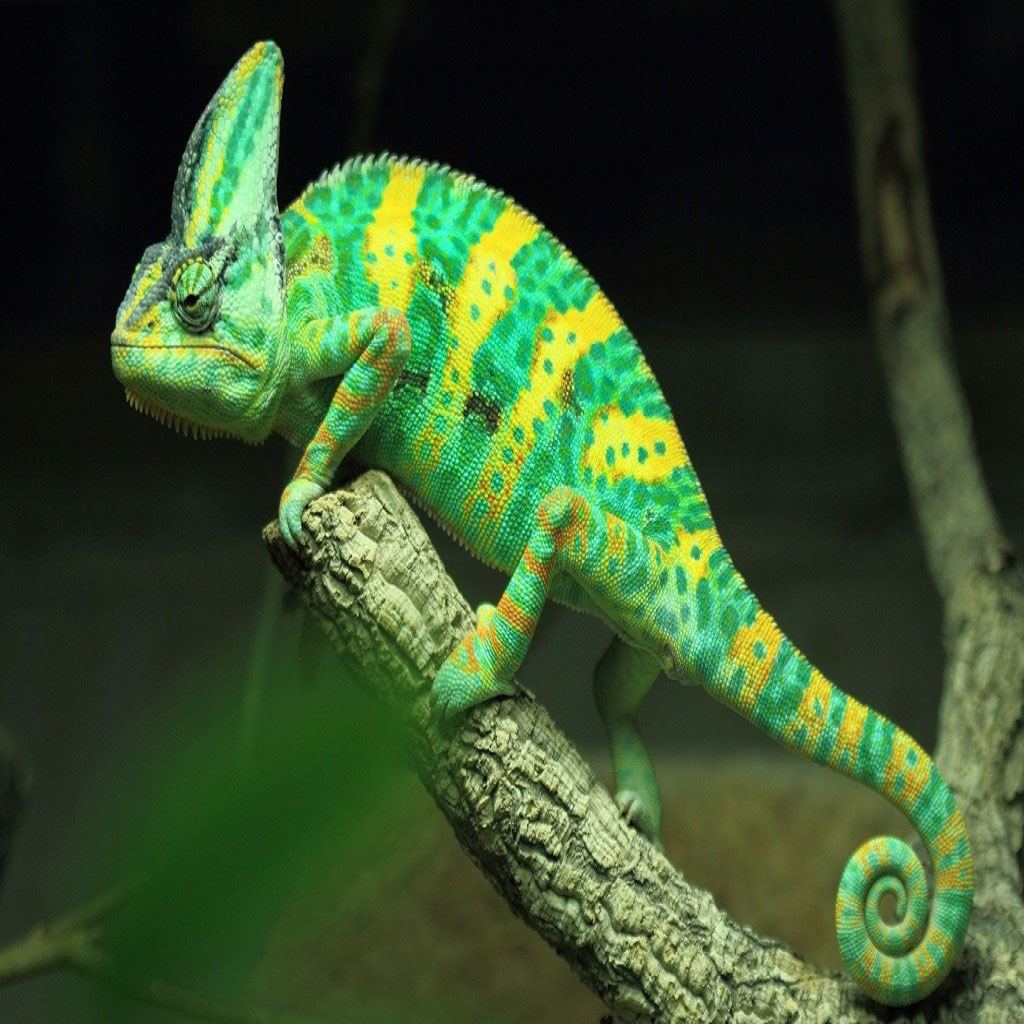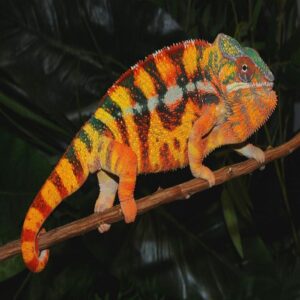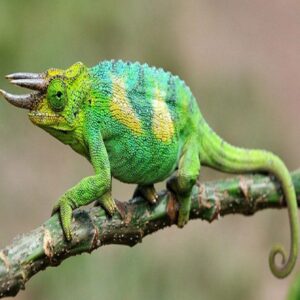Veiled chameleons, scientifically known as Chamaeleo calyptratus, are captivating creatures native to the mountain regions of Yemen and Saudi Arabia. These magnificent reptiles, often referred to as Yemen chameleons, are renowned for their vibrant colors, unique appearance, and intriguing behavior. In this detailed guide, we will delve into the world of veiled chameleons, exploring various aspects of their life, care, and habitat. Whether you’re a novice enthusiast or an experienced reptile keeper, understanding the intricacies of veiled chameleon care is essential to ensuring their well-being and happiness.
The Veiled Chameleon: A Closer Look
Anatomy and Physical Characteristics
Veiled chameleons are distinguishable by their casqued heads, casque being the helmet-like crest on top of their heads, and their characteristic casqued ridge scales. They have independently mobile eyes, allowing them to observe their surroundings independently. Their coloration varies significantly, with males displaying brighter and more diverse hues compared to females, often featuring shades of green, yellow, and blue.
Veiled Chameleon Size and Growth

Veiled chameleons undergo substantial growth from their juvenile to adult stages. Juvenile male veiled chameleons start with vibrant greens and develop their adult colors around 6-8 months of age. Adult veiled chameleons, especially males, can reach an impressive length of 17 to 24 inches, including their tail. Female veiled chameleons are slightly smaller, typically ranging from 10 to 14 inches.
Veiled Chameleons Care: Providing the Ideal Environment
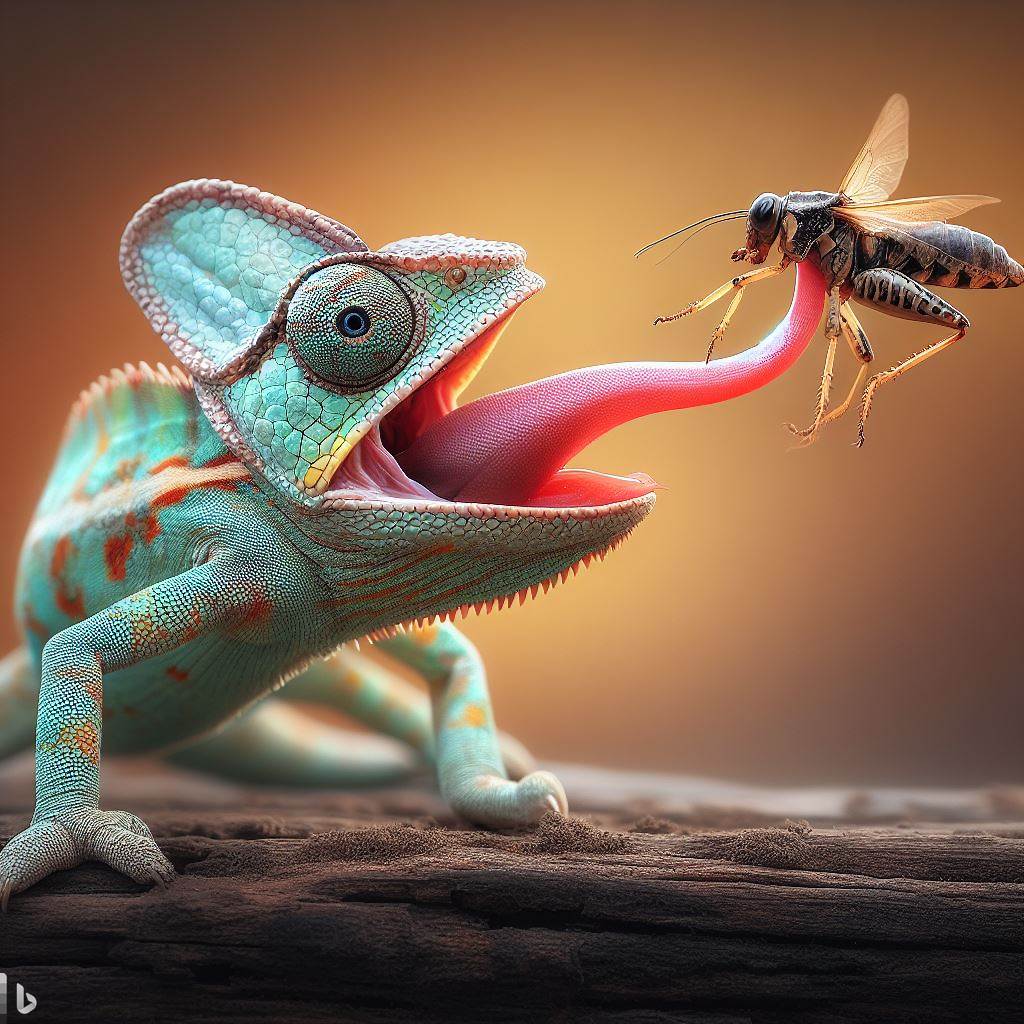
Creating a Suitable Habitat
Veiled chameleons thrive in spacious enclosures that mimic their natural habitat. A well-ventilated, vertically oriented terrarium with ample branches, plants, and hiding spots is ideal. UVB lighting is crucial for their health, aiding in calcium metabolism. Maintaining the right temperature and humidity levels is essential, ensuring a basking spot around 90°F (32°C) and a cooler area around 75°F (24°C).
Creating a suitable habitat is crucial for the well-being of veiled chameleons. Based on the information you provided, here’s a more detailed breakdown of how to set up an ideal habitat for a veiled chameleon:
Enclosure:
- Opt for a vertically oriented terrarium, such as screen cages, as they allow for climbing and ensure good air circulation.
- Consider a large enclosure, as veiled chameleons need space. A general guideline is a minimum of 2’x2’x4′ (60 cm x 60 cm x 120 cm) for one adult chameleon.
- Make sure the enclosure is sturdy and escape-proof, as chameleons are excellent climbers and can squeeze through small openings.
Lighting:
- Provide UVB lighting. UVB rays are essential for chameleons, as they help in the synthesis of vitamin D3, which is necessary for proper calcium metabolism. Use a high-quality UVB bulb designed for reptiles.
- Place the UVB light above the enclosure, ensuring that the chameleon can bask within 6-12 inches (15-30 cm) from the light source.
Temperature and Humidity:
- Maintain a basking spot temperature of around 90°F (32°C) at the top of the enclosure. This allows the chameleon to regulate its body temperature effectively.
- The rest of the enclosure should have a gradient, with the temperature decreasing towards the bottom. The cooler area should be around 75°F (24°C).
- Nighttime temperatures can drop slightly, but it should not fall below 65°F (18°C).
- Keep humidity levels around 50-70%. Misting the enclosure a few times a day helps maintain the required humidity levels.
Substrate:
- Use a substrate that retains moisture, such as coconut coir or sphagnum moss. This helps with maintaining humidity and provides a comfortable surface for the chameleon.
Branches, Plants, and Hiding Spots:
- Add plenty of horizontal and vertical branches for climbing and perching. Live plants (non-toxic to chameleons) can be used to provide a natural feel and aid in maintaining humidity.
- Create hiding spots using artificial or live plants. Chameleons often need privacy and places to retreat to when they feel stressed.
Remember, every chameleon is unique, so observe your pet closely to understand its specific needs and preferences within the habitat. Regular research and attention to your chameleon’s behavior and health are key to providing the best possible care.
Feeding and Nutrition
Veiled chameleons are insectivores, primarily feeding on crickets, roaches, and other small insects. Gut-loading insects with nutritious greens enhances their diet. It’s crucial to provide a varied and balanced diet, including occasional supplementation with calcium and multivitamins to prevent nutritional deficiencies.
Understanding Female Veiled Chameleons
Reproduction and Behavior
Female veiled chameleons exhibit unique behaviors during the breeding season, displaying receptive colors to attract males. A gravid female, one carrying eggs, requires a suitable laying bin in her enclosure. Proper nesting substrate and privacy are essential for successful egg laying. Understanding these behaviors is vital for the well-being of both the female and her offspring.
Nurturing Young Chameleons
Once the eggs are laid, they need proper care and incubation. Creating a controlled environment with the right temperature and humidity levels ensures successful incubation. Hatching veiled chameleons, called hatchlings, are delicate and require special attention, including small enclosures and carefully monitored feeding schedules.
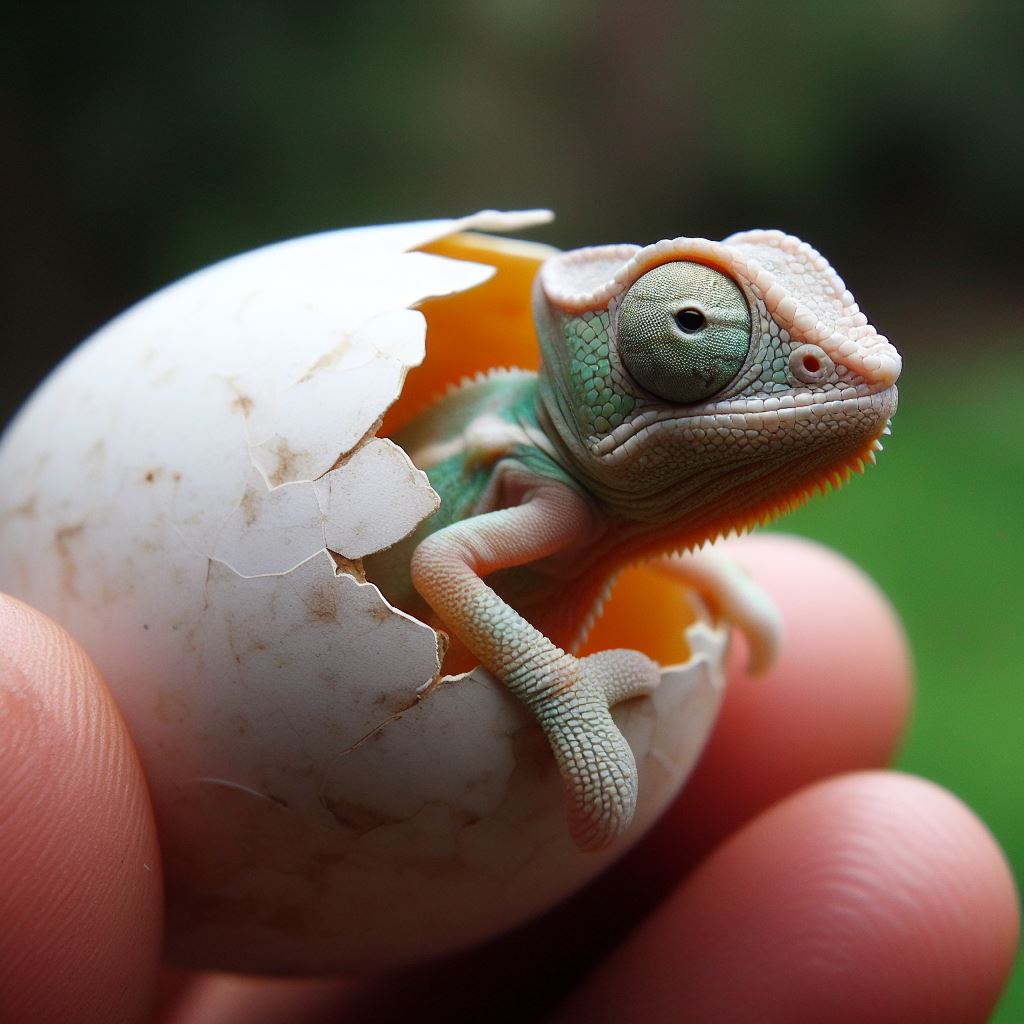
Conclusion: Appreciating the Veiled Chameleons
In conclusion, veiled chameleons are not just captivating pets but also fascinating subjects of study for zoologists and enthusiasts alike. Understanding their behavior, habitat, and specific care requirements is the key to providing them with a fulfilling life in captivity. By replicating their natural environment and respecting their unique traits, we can ensure these remarkable creatures thrive and continue to enchant reptile enthusiasts worldwide.
This comprehensive guide has explored various aspects of veiled chameleon care, from their anatomy and growth stages to their reproduction and nurturing. By incorporating these insights into your approach to veiled chameleon keeping, you contribute to the well-being of these incredible reptiles while enjoying the rewarding experience of observing their vibrant lives up close. Remember, a well-cared-for veiled chameleon is not just a pet; it’s a living testament to the marvels of nature, deserving of our utmost care and respect.

